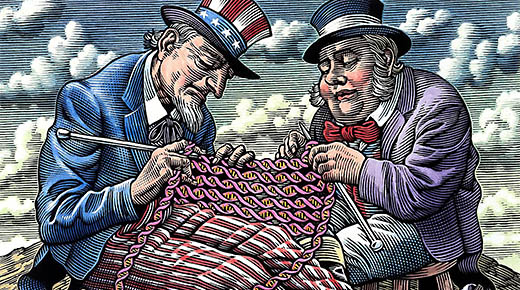At GBMP’s launch of the Shingo Institute’s Build Excellence workshop, it occurred to me that perhaps systems thinking might be more aptly named systems rethinking. Workshop participants offered up current systems in their organizations that actually impeded continuous improvement, each time expressing frustration with the difficulty to create system change.
|
ADVERTISEMENT |
For larger organizations with more explicit codification of systems, the task to create a change was more onerous. One class participant commented, “Our standard procedures are documented in dozens of binders—all of them covered with dust.” But even in smaller organizations, creating a new system will mean undoing a de facto process that, despite its shortcomings, feels normal.
…

Comments
Two thoughts: First, probably
Two thoughts:
First, probably the best way to keep policy and procedure current and relevant is an ongoing process that allows, nay encourages and rewards, users and stakeholders to challenge the status quo. The world changes and the organization must evolve. Old policy and procedures shoehorned into new technology may not be an improvement.
But, as G. K. Chesterton so wisely advised, "Don't ever take a fence down until you know the reason it was put up."
Add new comment